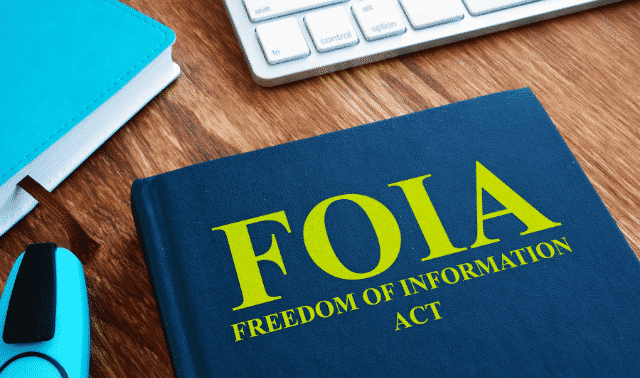Sign up for the Family Tree Newsletter Plus, you’ll receive our 10 Essential Genealogy Research Forms PDF as a special thank you!
Get Your Free Genealogy Forms
"*" indicates required fields
A. Official (court) record copies of wills (and deeds) from early days to today are transcriptions of the originals. The “signatures” you see on the wills and deeds in the record books are the clerk’s handwriting or his rendering of the mark the individual made. Clerks made facsimile copies of the marks as the original documents showed them. My book Unpuzzling Your Past, 4th edition (Genealogical Publishing Co.), has examples of such marks.
These are additional clues that the record copy is a copy: In the record books, you often see L.S. in a circle beside the individual’s name or the word signed preceding the name. The L.S. stands for the Latin locus sigilli or “the place of the seal,” indicating that the person had signed and sealed (stamped with a wax seal) the document.
ADVERTISEMENT




